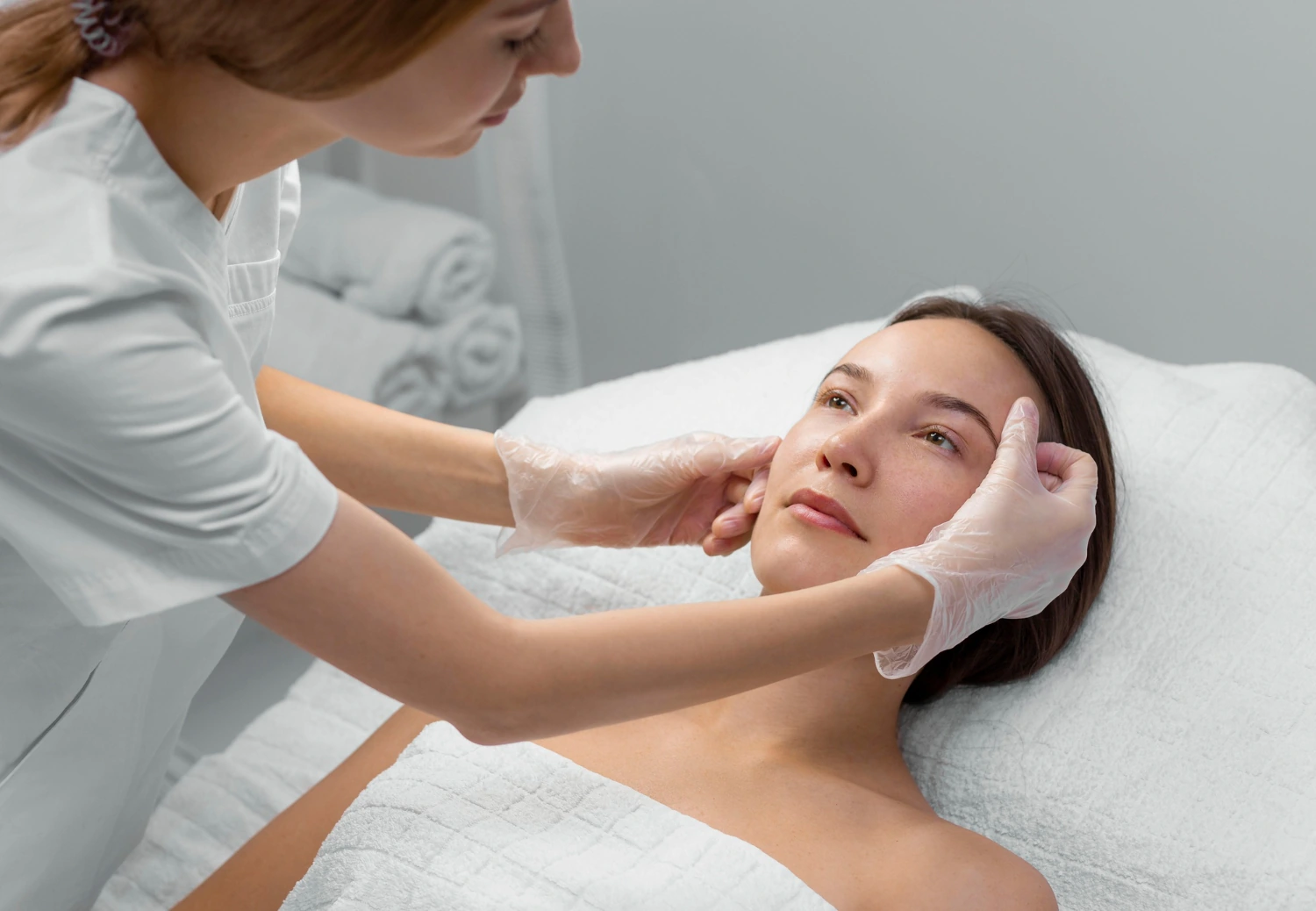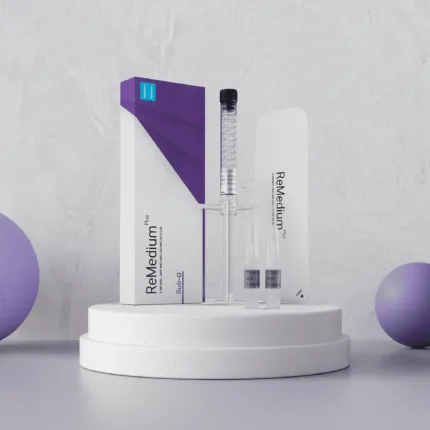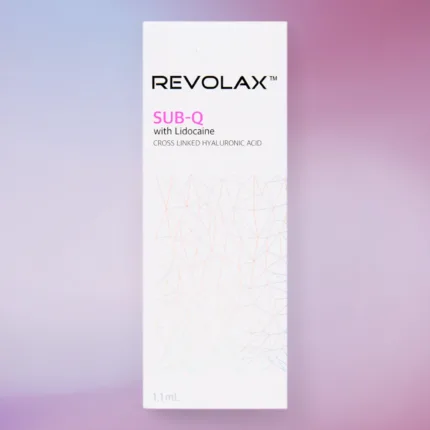Our ultimate guide on cheek fillers—covering all about cheek fillers, from reasons to procedure, what aftercare is needed, before and after images, and so much more in this very article. This guide will be of help to you whether you are opting for cheek fillers for the first time, or if in any case, you have existing knowledge and would like to know more about this.
What are Cheek Fillers?
Cheek fillers, or dermal fillers, are a type of an invasive non-surgical cosmetic treatment that plays its important part in the modernity of medicine, aimed at the improvement of patients’ cheeks’ appearance. They are injectable substances which help restore volume, improve symmetry, and rejuvenate the general look of the face.
Types of Cheek Fillers:
There are several types available, but the most common ones are:
- Hyaluronic Acid (HA) Fillers: Nowadays, hyaluronic acid fillers are becoming the most preferred option for use in cheek augmentation. Designed from the substance which occurs naturally in the body, they are very safe and have high tolerability. If necessary, HA fillers can easily be shaped and look very natural.
- Poly-L-Lactic Acid (PLLA) Fillers: PLLA fillers stimulate the skin into producing more collagen, thus improving incrementally over time in both volume and texture. This is the most subtle kind of filler and works well for slightly and naturally changing appearances.
- Calcium Hydroxylapatite (CaHA) Fillers: Fillers of calcium hydroxylapatite have microspheres that float in the gel and provide volume immediately, and at the same time, they stimulate collagen production. This therefore makes the fillers of calcium hydroxylapatite an excellent long-lasting solution.
Benefits of Cheek Fillers:
- Enhancing Facial Symmetry: Improving facial symmetry, cheek fillers can be used for reinstating balance and evenness of the face due to the addition of volume to areas where it would be deficient, thereby forming a more harmonious and aesthetic impression.
- Restoring Volume and Youthfulness: As we age, our cheeks may lose volume, leading to a sunken or hollow appearance. Cheek fillers can restore lost volume, giving the face a more youthful and vibrant look.
- Improving Skin Texture and Tone: The cheek filler is not only a volume adder but is also an enhancer for texture and tone of the skin. They can also help smooth out the fine lines and wrinkles on your midface so that one looks like he has been rejuvenated and refreshed.
Who Should Consider Cheek Fillers?
- Ideal Candidates for Cheek Fillers:
- Wish to enhance the appearance of their cheeks,
- Would like a more youthful, balanced profile of the face,
- Have lost volume in their cheeks due to aging,
- Have asymmetrical cheeks,
- Want to improve the texture and tone of their skin.
- Age Considerations: Cheek fillers are something that could be done at any age, only because everybody’s face develops differently, and there is a lot of diversity in regard to the goals which they have in mind for their appearance. But most of the people consider dermal fillers when they start seeing the signs of aging and feel it affects their confidence.
- Facial Structure Analysis: While everyone’s experience may vary, most individuals report feeling minimal discomfort during the treatment. Some may experience a slight stinging or pressure sensation at the injection sites. The entire process typically takes around 30 minutes to an hour, depending on the extent of the treatment.
The Procedure of Cheek Fillers:
- Consultation and Planning: The first step involves consulting with a professional who will assess your needs, discuss what your objectives are, and tailor a treatment plan. This is an ideal opportunity to ask questions or take care of any concerns.
- The Injection Process: The practitioner will then inject the chosen filler into precise, targeted areas of your cheeks. It’s a relatively quick process and usually doesn’t require anesthetic, but there may be some topical numbing cream applied to minimize any discomfort.
- What to Expect During Treatment: Experiences may widely vary from one individual to another, but most of them find the therapy to be absolutely pain-free. There may just be little stinging or pressure at the point of the injections. Usually, the whole treatment process will take between 30 minutes to an hour.
Safety and Side Effects:
Cheek fillers are normally safe when administered by an experienced professional. As with any other medical treatment, cheek fillers have accompanying potential side effects:
- Common Side Effects: Some of the common side effects related to cheek fillers include temporary redness, swelling, bruising, or tenderness at the sites of injection. They are generally moderate effects lasting 3 to 5 days.
- Rare Complications: Although rare, it may carry a danger of relatively more serious complications, such as infections, allergies, or even vascular occlusion. Therefore, an experienced practitioner should be sought for the procedure.
- How to Minimize Risks: The first measure in reducing the risk of cheek fillers is going to a very qualified and experienced practitioner, for example, a board-certified dermatologist or plastic surgeon who has practice experience in cosmetic procedures. There should be a detailed consultation scheduled before the date of treatment, whereby your medical history and allergies, as well as the outcome that is desired, will have been discussed. You will then be well advised about which FDA-approved type of filler is recommended for you. This is a very important discussion to assess the appropriateness of the procedure to your individual case and to explain the technique of the practitioner in an environment that is sterile, where the procedure takes place. This is key in helping align the expectations and assuring the safety and efficiency of the treatment.
Aftercare and Recovery:
After getting fillers, it is important to follow these aftercare tips:
- Post-Procedure Care:
- – Avoid touching or applying pressure on the treated area,
– Apply ice packs to reduce swelling if needed by your practitioner,
– Avoid vigorous exercise or physical activities that may increase blood flow to the face,
– Follow any specific instructions given by your practitioner.
- – Avoid touching or applying pressure on the treated area,
- Recovery Timeline: Recovering from cheek fillers takes a relatively short amount of time. Most patients can resume their daily living activities soon after treatment is administered. Some swelling and bruises will go away within less than a week after treatment.
- Tips for Maintaining Results: The clinician giving the post-treatment instructions gives advice on how he may maintain the results of the cheek filler; that is, doing physical exercises with utmost care and avoiding strong rays of the sun for a few days after the procedure. A regular skincare routine between visits includes gentle cleaning, moisturizing, and the application of sunscreens. In the interim, they should also be visiting their physician for routine check-ups. You will also require touch-ups from time to time, as the fillers are not a permanent thing. Discuss with the practitioner on the most ideal number of days when it will be necessary to go for touch-ups. Stay hydrated and keep a healthy diet with plenty of antioxidants so that you can feel supported. Also avoid smoking and excessive alcohol, as these can lead to a poor result. Start gentle facial massages to stimulate circulation post-procedure, but use this technique only once it is considered safe. And finally, try to moderate such extreme facial movements to help your fillers effects last.
Longevity of Cheek Fillers:
The longevity of cheek fillers varies depending on several factors:
- How Long Do Results Last: The fillers on the cheek will usually last from 6 to 18 months, and it solely depends on the individual and the type of filler used. Its duration to fade away will also be greatly affected by the metabolism and lifestyle of the person using the filler.
- Factors Affecting Filler Longevity: The amount of filler used and its depth of injection is important. Larger placements last longer. An individual’s metabolism also counts as well. Those with high metabolism might get an early breakdown of their fillers. The lifestyle factors, such as smoking, overconsumption of alcohol, and sun exposure, are critical modifiers in hastening the aging process and decreasing the span of effects. Moreover, the skin’s condition and elasticity, as well as the level of physical activity, especially those activities including rigorous facial expressions, also contribute to the duration of fillers. A regular course of treatments is recommended for maintaining the effectiveness and the desired results for a prolonged period.
Cost Considerations:
When considering cheek fillers, it is important to understand the cost implications:
- Comparing Costs with Benefits: Sure, the costs are important, but look at the benefits as equally essential since they may either outweigh the costs or have effects on your psychological confidence and mental well-being. Cheek fillers can give you results that may last long and be powerful enough to change your aesthetics.
- How Much It Costs: Hyaluronic Acid Cheek fillers can cost between $300 and $2,000 per session, depending on the type of filler, the area being treated, and your country.
- Insurance and Financing Options: Cheek fillers are more of a cosmetic procedure than anything else, so the coverage by insurance is rarely acquired. However, most clinics will have financing options available to make the treatment accessible and affordable. This is generally advised to be inquired into at the time of consultation.
Cheek Filler Myths Debunked:
Let’s address some common misconceptions about cheek fillers:
- Common Misconceptions:
- – Cheek filler will make your face look unnatural,
– Cheek fillers are painful,
– Cheek fillers are only meant for older people,
– Unfortunately, there are no vegan options for cheek fillers.
– Once you start getting fillers, you can never stop.
- – Cheek filler will make your face look unnatural,
- Realities of Cheek Fillers:
- – Cheek fillers, when done by an experienced practitioner, could produce the kind of results that enhance one’s features without making one look fake.
– The discomfort, in most cases, is minimal, while at times there can be use of numbing creams to minimize any kind of discomfort that a client may experience,
– Depending on the needs and goals of a person, cheek fillers can be used for individuals of various ages.
– Even for vegan options to fill your cheeks, one is hyaluronic acid fillers,
– Should you ever decide to stop getting fillers, your face will slowly return to its appearance before the treatment.
- – Cheek fillers, when done by an experienced practitioner, could produce the kind of results that enhance one’s features without making one look fake.
Cheek Filler Before and After:
Before and after photos might probably be able to illustrate the possible effects of cheek fillers. They help one to determine what they stand to expect and whether cheek fillers are the right option for them.
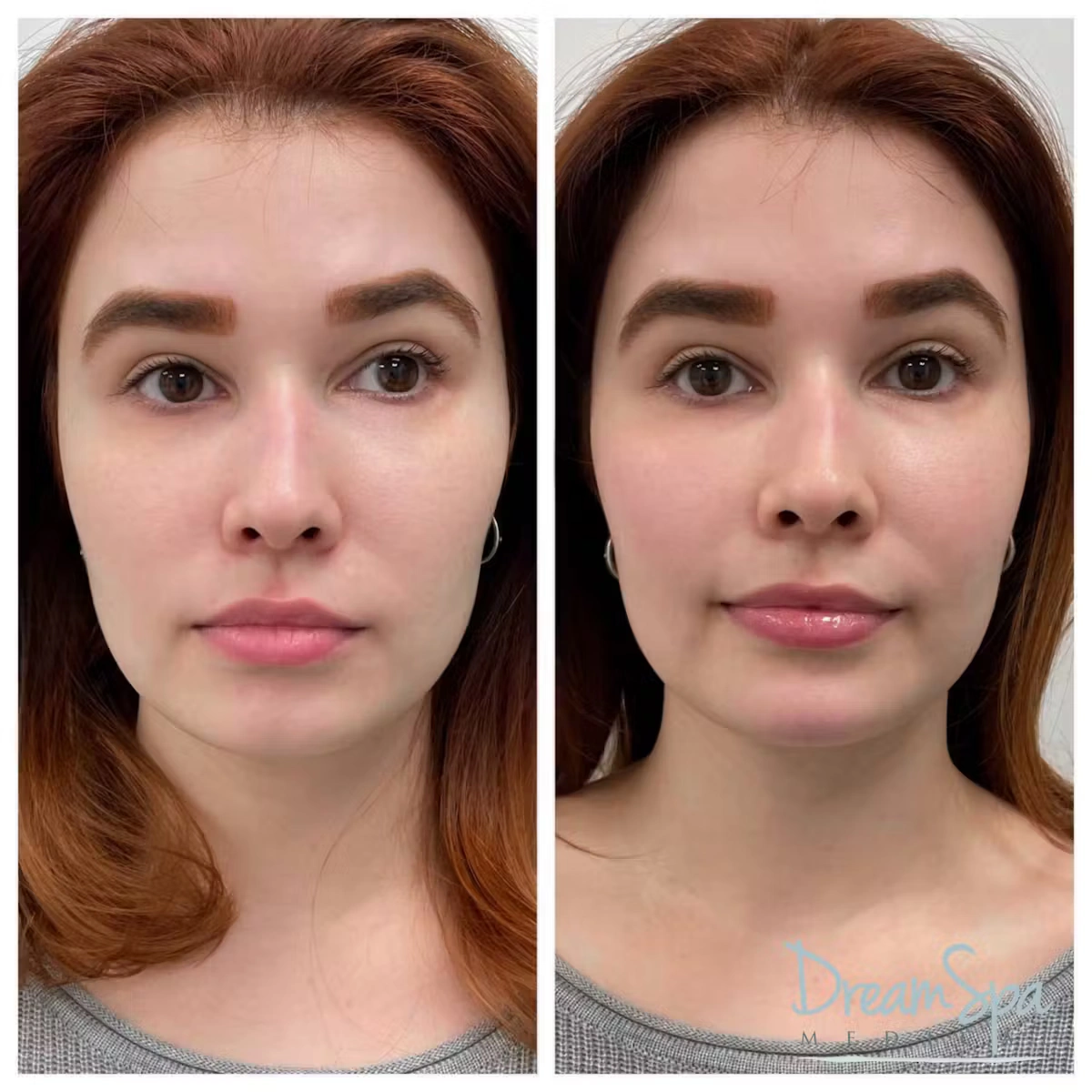
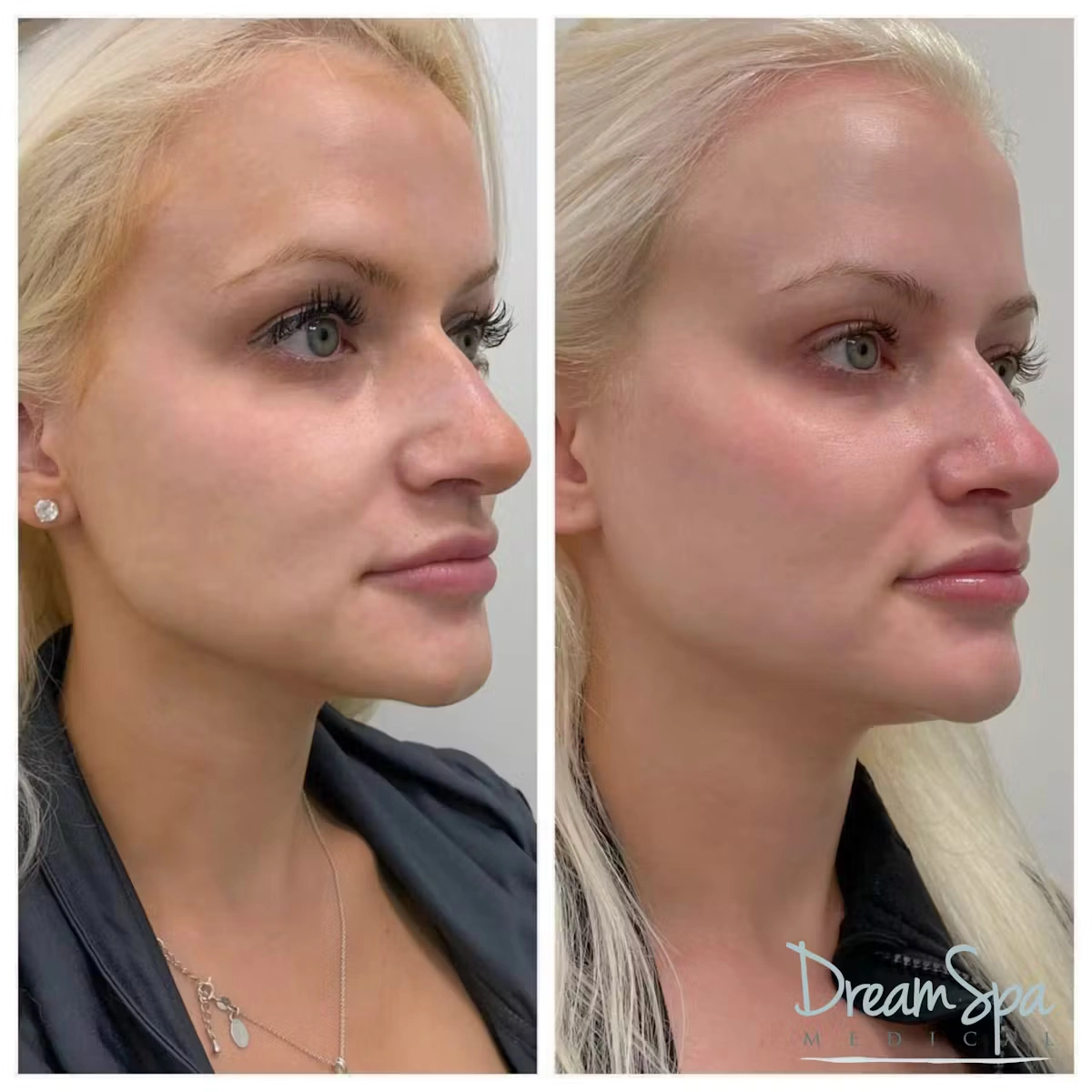

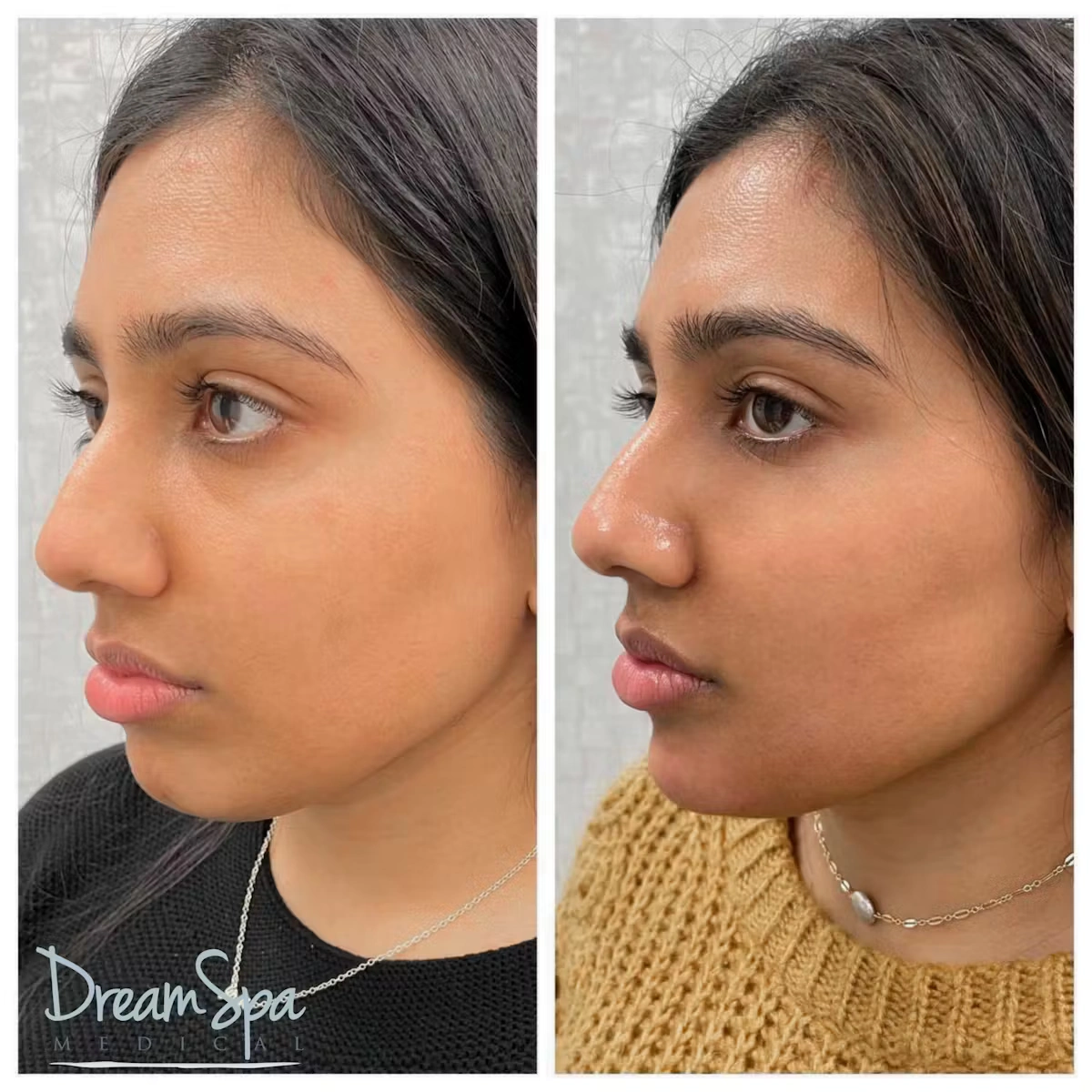

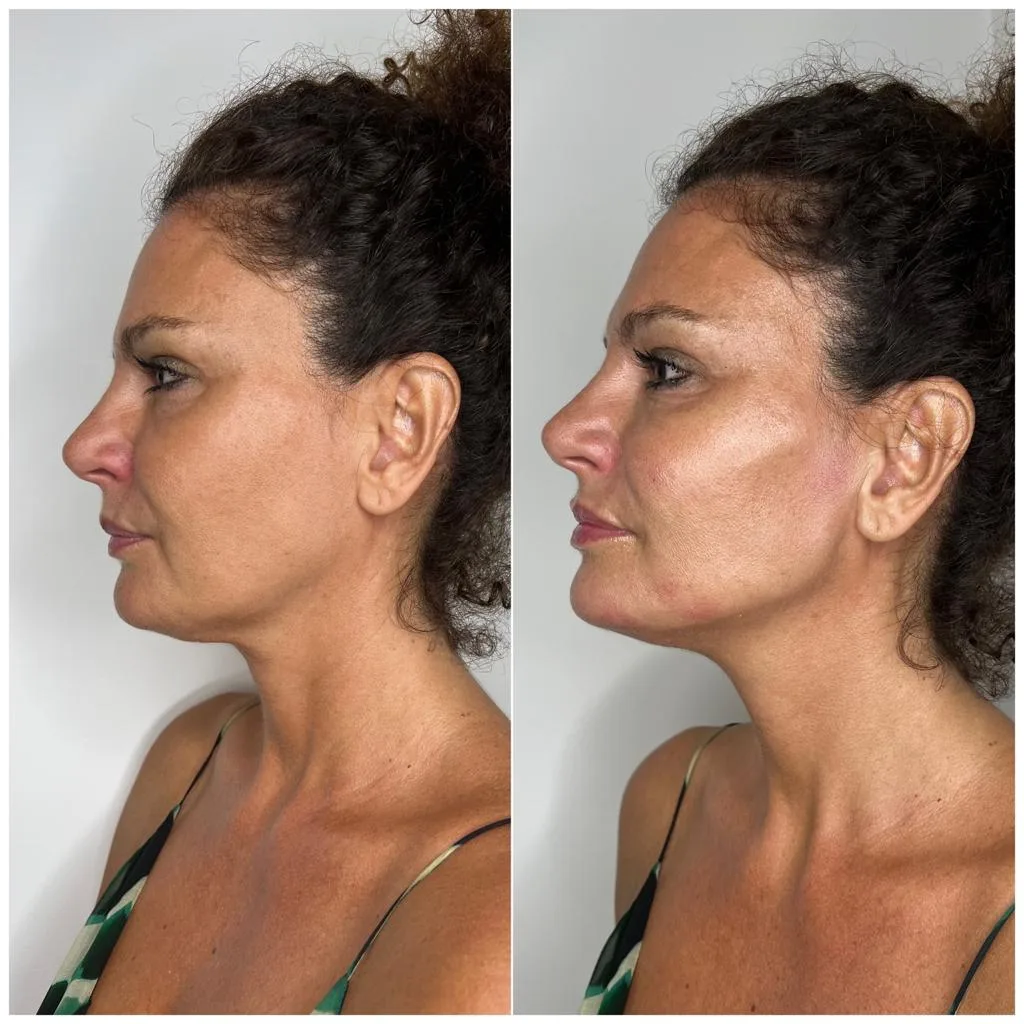
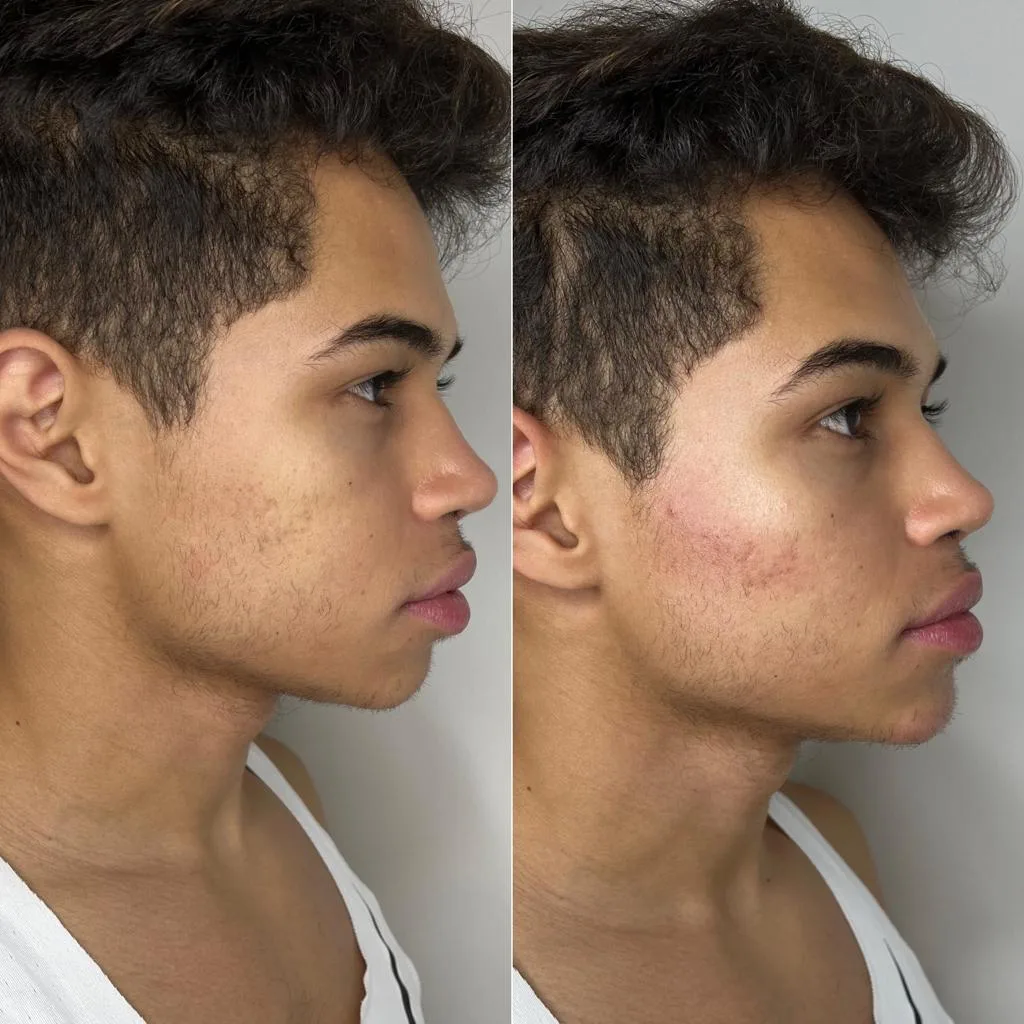

Alternatives to Cheek Fillers:
Cheek fillers are not the only option for enhancing the cheeks. Other alternatives include:
- Surgical Options:
- – Cheek Implants
– Fat Transfer
– Cheek Lift Surgery
- – Cheek Implants
- Other Non-Surgical Treatments:
- – Thread Lifts
– Radiofrequency Treatments
– Laser treatments
- – Thread Lifts
Combining Cheek Fillers with Other Treatments:
Combining cheek fillers with other treatments can enhance the overall results:
- Popular Combinations:
- – Botox injections to reduce the appearance of wrinkles
– Treatment to tighten skin in order to increase its elasticity
– Dermal fillers into other areas of the face, such as the lips or the nasolabial folds
- – Botox injections to reduce the appearance of wrinkles
- Benefits of Combined Treatments: Combining treatments can provide a more comprehensive and harmonious rejuvenation of the face. It can address multiple concerns and achieve a more balanced and youthful appearance.
Case Studies and Results:
- A case study of facial volumisation to lift sagging tissues
- Adverse Events Reported From Hyaluronic Acid Dermal Filler Injections to the Facial Region: A Systematic Review and Meta-Analysis
- Hyaluronic Acid Fillers and ASIA Syndrome: Case Studies
FAQs about Cheek Fillers:
What is the typical duration of effectiveness for cheek fillers?
Cheek fillers generally last between 6 to 18 months, depending on the type of filler used and the individual’s metabolism.
How many syringes are typically needed for cheek filler procedures?
The number of syringes needed for cheek fillers can vary, but generally, 1 to 3 syringes are used depending on the desired volume and the individual’s facial structure.
What is the recommended amount of dermal filler for enhancing cheeks?
The amount of dermal filler required for cheeks varies based on the individual’s facial anatomy and desired results, typically ranging from 0.5 to 2 milliliters per cheek.
How long does it take for cheek fillers to settle?
Cheek fillers usually settle within 1 to 2 weeks after injection, during which swelling and bruising may decrease, revealing the final result.
What are considered the best fillers for augmenting cheeks?
The best fillers for cheeks are often hyaluronic acid-based, such as ReMedium or Juvederm, known for their efficacy and reversible nature.
Can I have an allergic reaction to cheek fillers?
While rare, allergic reactions to cheek fillers can occur. Discuss any known allergies with your provider beforehand, and a patch test may be conducted if there are concerns about sensitivity.
Will cheek fillers affect my facial expressions?
When administered correctly, cheek fillers should not significantly affect facial expressions. The goal is to enhance facial contours while maintaining natural facial movements. An extensive amount of the filler my affect your facial expression.
Will cheek fillers improve the texture of my skin?
Cheek fillers primarily add volume and contour to the cheeks. Some fillers can also improve skin hydration and texture due to their hyaluronic acid content, but they are not primarily intended for texture improvement.
How do cheek fillers compare to cheek implants?
Cheek fillers offer a non-surgical, temporary solution for enhancing cheek volume with minimal downtime. Cheek implants provide a permanent solution but require surgery and have a longer recovery period.
How much does cheek filler cost in UK?
Cheek Fillers can cost between £150 ~ £2000, but the cost varies by amount of used filler or number of procedures.
Conclusion:
In conclusion, cheek fillers are a popular and effective non-surgical option for enhancing the appearance of the cheeks. They offer numerous benefits, including enhanced facial symmetry, restored volume and youthfulness, and improved skin texture and tone. By choosing a qualified practitioner and following proper aftercare, you can enjoy natural-looking results that boost your confidence and overall well-being. If you’re considering cheek fillers, we encourage you to consult with a professional who can assess your needs and guide you towards achieving your desired aesthetic goals.


